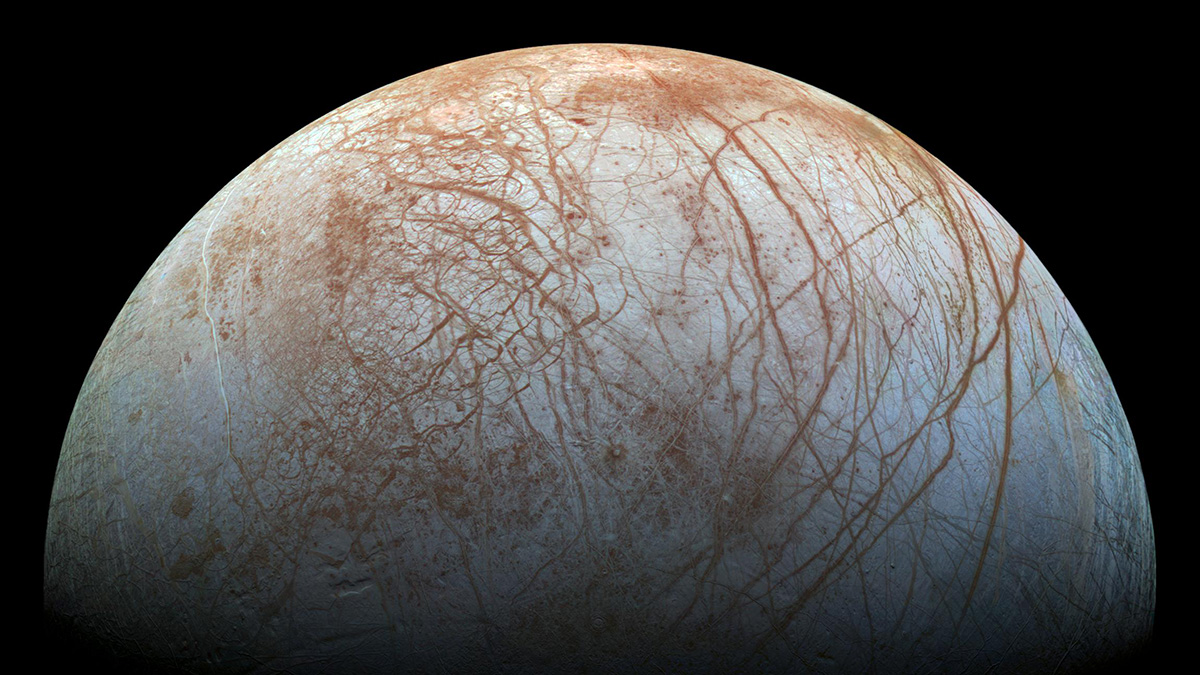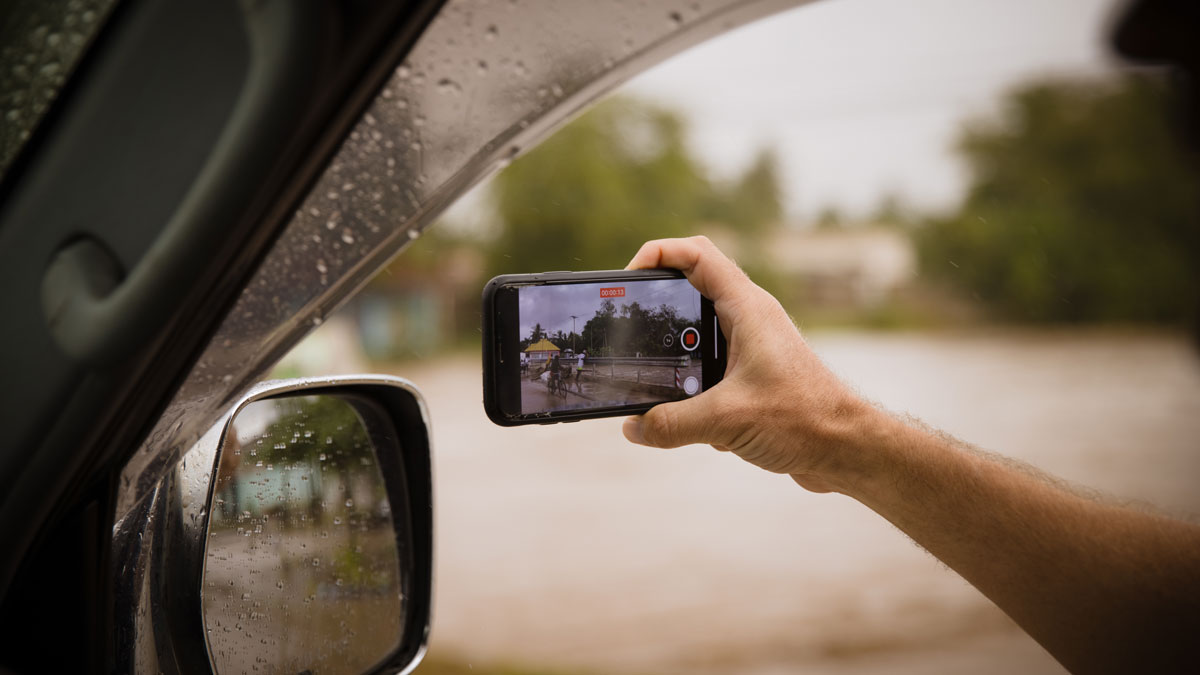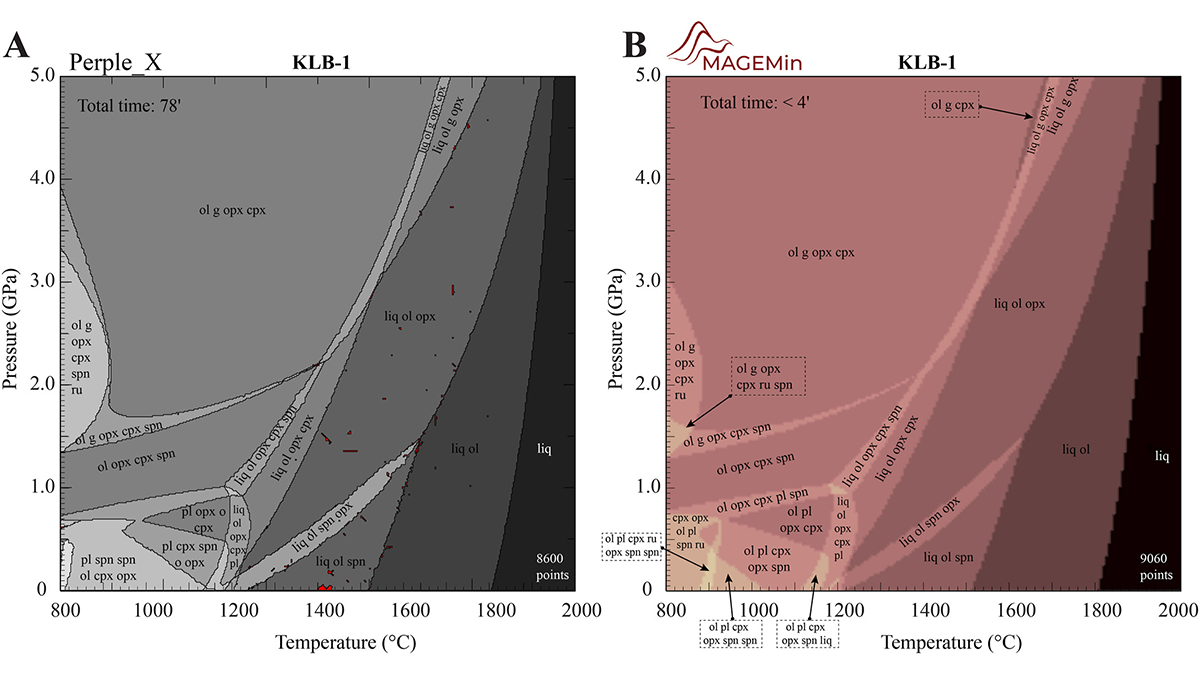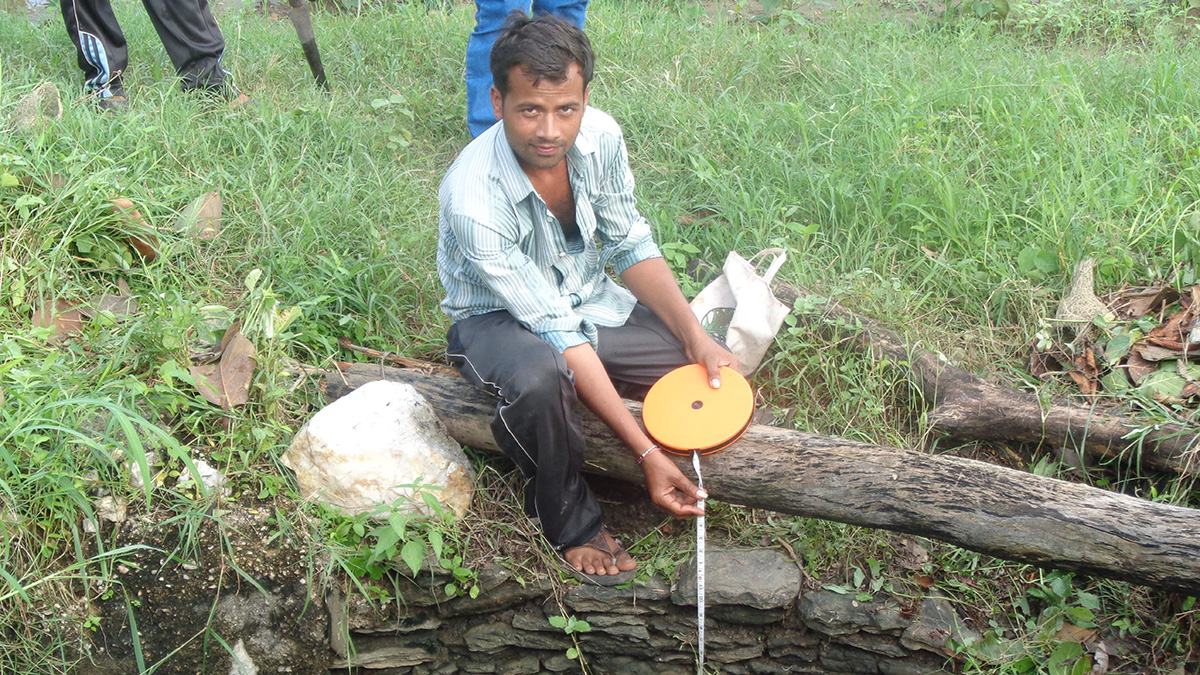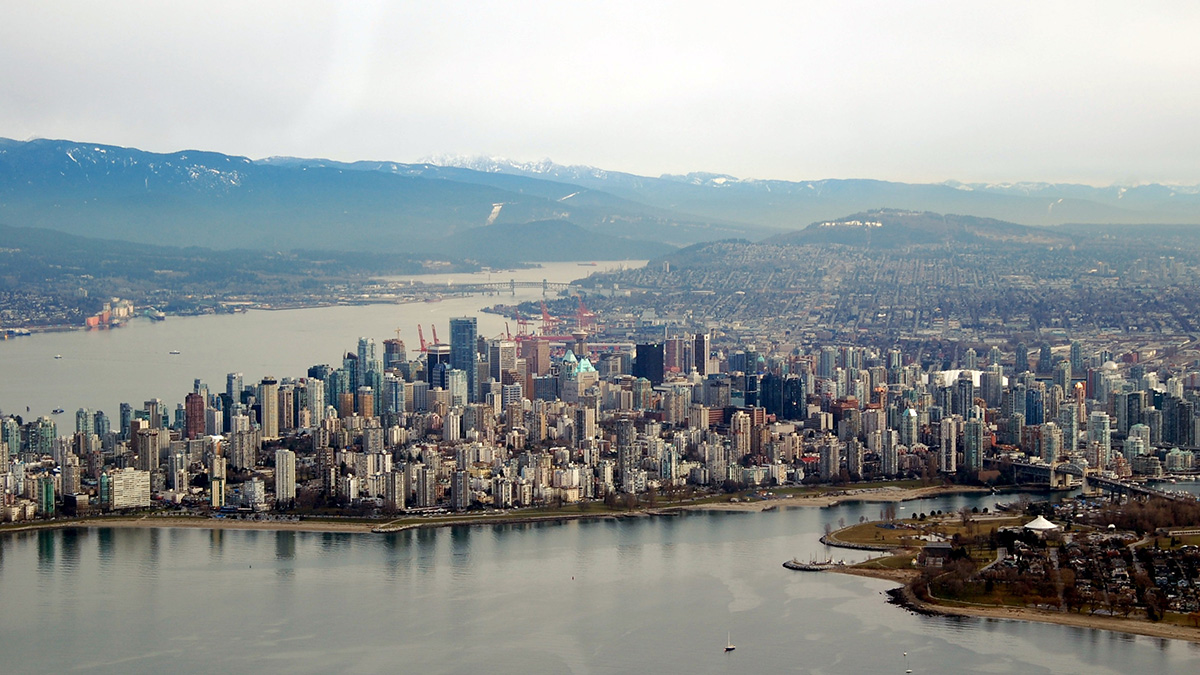NASA wants to send instruments to distant moons like Europa and Enceladus to search for life. But getting vital data back to Earth over limited bandwidth will take some impressive compression software.
apps & software
Las redes sociales complementan a la ciencia durante los desastres naturales
La información compartida en las plataformas de redes sociales podría ayudar a los científicos a recopilar datos en tiempo real y ayudar a las agencias en los esfuerzos de ayuda.
Social Media Supplements Science During Natural Disasters
Information shared on social media platforms could help scientists gather real-time data and assist agencies in relief efforts.
Notebooks Now! Elevating Computational Notebooks
AGU is launching a community-driven effort, funded by the Alfred P. Sloan Foundation, to support computational notebooks as primary research objects in scholarly publications.
A New, Fast Computational Tool for Magmatic Phase Equilibria
Thermodynamic calculations in multiphase, multicomponent magmatic systems can be slow and buggy. A new parallel architecture solves the free energy minimization problem much faster than alternatives.
A Simple Model Predicts Household Lead Exposure Risk
Using both sample data and crowdsourced science, a new model effectively identified houses at risk for higher concentrations of lead.
Satellite and on-the-Ground Data Help Monitor Groundwater in India
Village volunteers use remote sensing and manual measurement to help farmers use groundwater more efficiently.
Crowdsourced Science Helps Map Vancouver’s “Smellscape”
Exposure to stinky odors can affect human health, but quantifying smells can be difficult.
Indian Cities Prepare for Floods with Predictive Technology
The number and intensity of floods are increasing—they can inundate neighborhoods in Chennai in just 15 minutes. New models can pinpoint and help warn vulnerable areas hours or even days in advance.
Using Cell Phones as Space Weather Vanes
Tiny magnetometers have turned your phone into a compass, and new research shows they are sensitive to geomagnetic storms.

